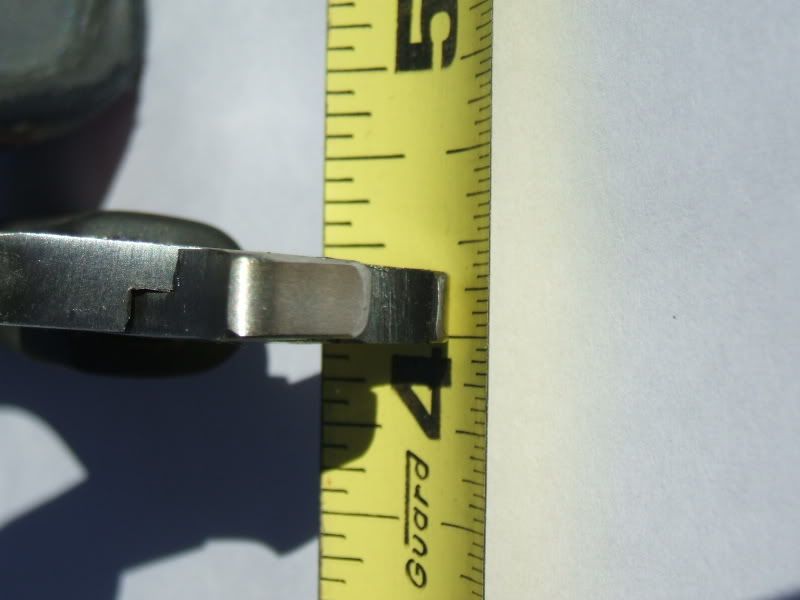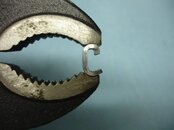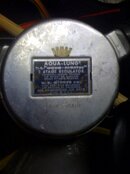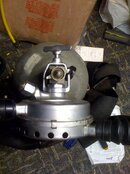The bell test is pretty much standard on larger welding cylinders.
It also works very well when buying a used steeel tank where you may not be able to do a VIP. If it don't ring, odds are it has rust or other issues that warrant further attention and very close inspection, and perhpas passing on the sale. If it sounds good, the hydro and VIP process will have a pretty fair chance of going reasonably well.
-----
I took my 1957/2007 DA/PRAM to Bermuda last week and it worked exceptionally well. I got lots of positive comments from various divers as well as the DM on the last day of the trip. In between dives, the DM was especially interested in the Pheonix nozzle and the ability to use modern attachments on a double hose reg. He expressed a passion for rebuilding old single hose regs, so maybe he might get the double hose bug as well...
In any case, it is heresy to some, but I do enjoy diving my PRAM's with a singles wing, freedom plate, R108 Octo and a 70's vintage SPG. Best of both the old and the new.
I also prefer the reproduction silicone Voit mouthpiece, even over the reproduction silicone curved USD mouthpiece. As the water is incredibly salty in Bermuda I did notice more than usual any leakage past the mouthpiece. I was enough to make we want to consider modifying one of my Hope Paige mouthpieces to accomodate USD hoses, or perhaps go with the smaller 1" Healthways hoses.
It also works very well when buying a used steeel tank where you may not be able to do a VIP. If it don't ring, odds are it has rust or other issues that warrant further attention and very close inspection, and perhpas passing on the sale. If it sounds good, the hydro and VIP process will have a pretty fair chance of going reasonably well.
-----
I took my 1957/2007 DA/PRAM to Bermuda last week and it worked exceptionally well. I got lots of positive comments from various divers as well as the DM on the last day of the trip. In between dives, the DM was especially interested in the Pheonix nozzle and the ability to use modern attachments on a double hose reg. He expressed a passion for rebuilding old single hose regs, so maybe he might get the double hose bug as well...
In any case, it is heresy to some, but I do enjoy diving my PRAM's with a singles wing, freedom plate, R108 Octo and a 70's vintage SPG. Best of both the old and the new.
I also prefer the reproduction silicone Voit mouthpiece, even over the reproduction silicone curved USD mouthpiece. As the water is incredibly salty in Bermuda I did notice more than usual any leakage past the mouthpiece. I was enough to make we want to consider modifying one of my Hope Paige mouthpieces to accomodate USD hoses, or perhaps go with the smaller 1" Healthways hoses.








